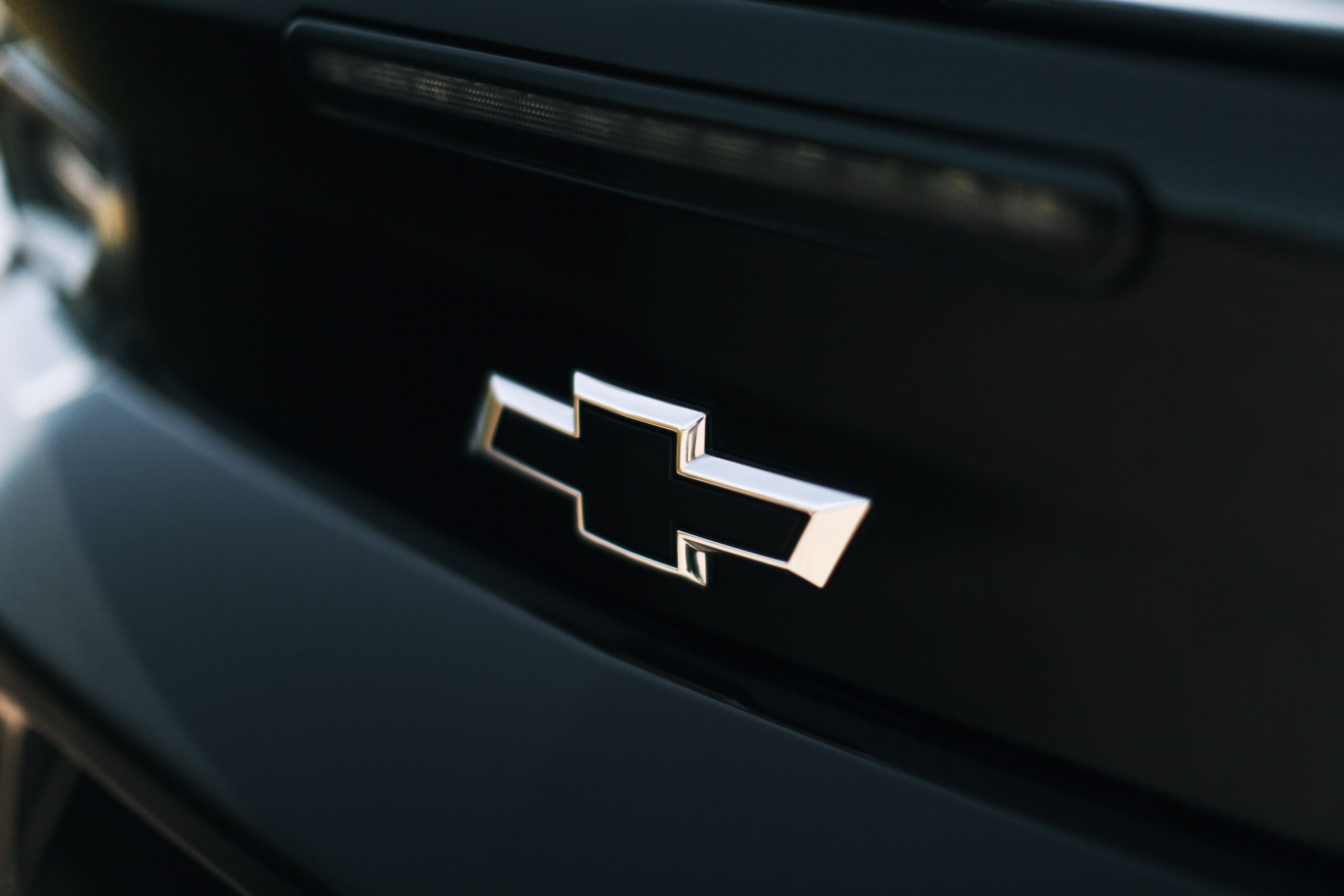So, I remember the first time I got behind the wheel of my Uncle Bob’s Chevy pickup truck. I was a youngin’ and I thought I knew everything about cars.
I got in, fired her up, and went to take off. But, as I pulled out of the driveway, Uncle Bob yells out the window, “Where’s the oil pressure gauge at, Matthew?” I froze.
I had no clue. I just stared blankly at the dash and said, “Uhh, it’s on the, uhh, left side?” Uncle Bob just shook his head and laughed. “Boy, you got a lot to learn.”
Well, I may have been a clueless kid back then, but now I’m here to share my newfound knowledge with you all.
The oil pressure gauge on a Chevy is located on the dashboard, usually on the driver’s side. It’s the little gauge with the needle that tells you how much oil pressure your engine is getting.
It’s an important gauge to keep an eye on, because if your oil pressure is too low, it can mean serious trouble for your engine. But don’t worry, I’m here to help you locate and understand that little gauge.
Table of Contents
Where to Find the Oil Pressure Gauge
The oil pressure gauge is typically located on the dashboard, on the driver’s side. It’s usually in the cluster of gauges near the speedometer and fuel gauge.
It’s the gauge with the needle that moves up and down, and it’s often labeled with the words “Oil Pressure” or a little picture of an oil can.
If for some reason you can’t find it in that cluster, check the manual of your Chevy model, it will tell you where it is located.
What the Oil Pressure Gauge Does
The oil pressure gauge tells you how much oil pressure your engine is getting. When the engine is running, oil is pumped through small passages in the engine, lubricating all the moving parts.
The oil pump is driven by the engine, and the amount of pressure it creates is measured by the oil pressure sensor. The sensor sends a signal to the gauge, which moves the needle to indicate the current oil pressure.
The normal operating range for oil pressure is typically between 20-60 PSI (pounds per square inch). If the needle is in this range, your oil pressure is good and your engine is happy.
However, if the needle falls below 20 PSI, it’s a sign that your oil pressure is too low and you should stop the engine as soon as possible and check the oil level.
What to do if the Oil Pressure is Low
If the oil pressure is low, it can mean a few different things. First, check the oil level. If it’s low, add oil as necessary.
If the oil level is good, the problem may be with the oil pump or a clogged oil filter. In this case, it’s best to take the vehicle to a mechanic for a proper diagnosis and repair.
It’s also important to note that low oil pressure can be caused by worn out bearings, or other internal engine problems, so it’s important to address the issue as soon as possible to avoid costly repairs down the road.
FAQ
Q: Can I drive my Chevy with low oil pressure?
A: No, it is not recommended to drive your Chevy with low oil pressure. Low oil pressure can cause serious damage to your engine and can lead to costly repairs.
If you notice that your oil pressure is low, stop the engine as soon as possible and check the oil level. If the oil level is good, take the vehicle to a mechanic for a proper diagnosis and repair.
Q: Can a clogged oil filter cause low oil pressure?
A: Yes, a clogged oil filter can cause low oil pressure. The oil filter is responsible for removing contaminants from the oil as it circulates through the engine.
If the filter becomes clogged, it can restrict the flow of oil and cause low oil pressure. It’s important to replace the oil filter regularly, as per the recommended maintenance schedule, to avoid this issue.
Q: My oil pressure gauge is reading high, is that a problem?
A: While high oil pressure is not as common as low oil pressure, it can be just as problematic. High oil pressure can cause damage to the oil pump and other engine components.
If the gauge is reading high, it’s best to take the vehicle to a mechanic for a proper diagnosis and repair.
Q: Is it ok to drive my Chevy with the oil pressure gauge needle in the red zone?
A: No, it is not safe to drive your Chevy with the oil pressure gauge needle in the red zone. This indicates that the oil pressure is too high and it can cause serious damage to the engine.
Stop the vehicle as soon as possible and check the oil level. If the oil level is good, take the vehicle to a mechanic for a proper diagnosis and repair.
In conclusion, keeping an eye on the oil pressure gauge is an important part of maintaining your Chevy. The oil pressure gauge is located on the dashboard, usually on the driver’s side and it’s the gauge with the needle that moves up and down.
The normal operating range for oil pressure is typically between 20-60 PSI.
If the needle falls below 20 PSI, it’s a sign that your oil pressure is too low and you should stop the engine as soon as possible and check the oil level.
If you notice any issues with your oil pressure, it’s best to take the vehicle to a mechanic for a proper diagnosis and repair.
